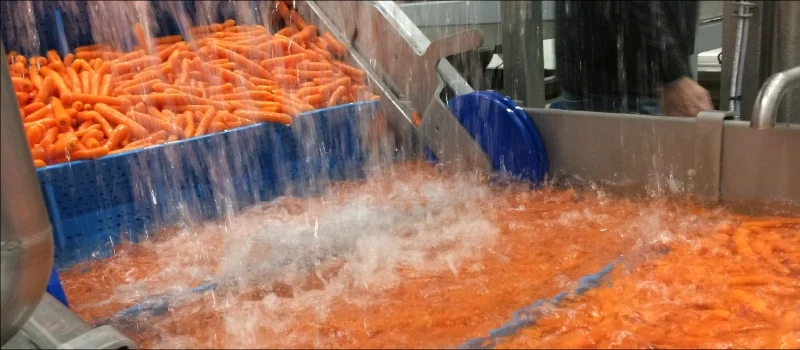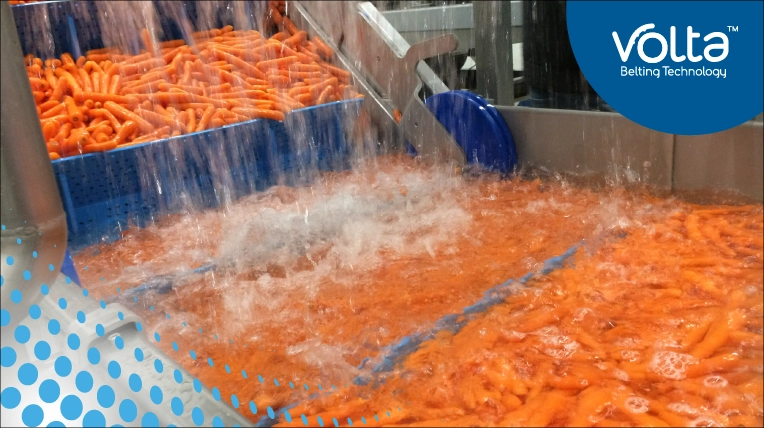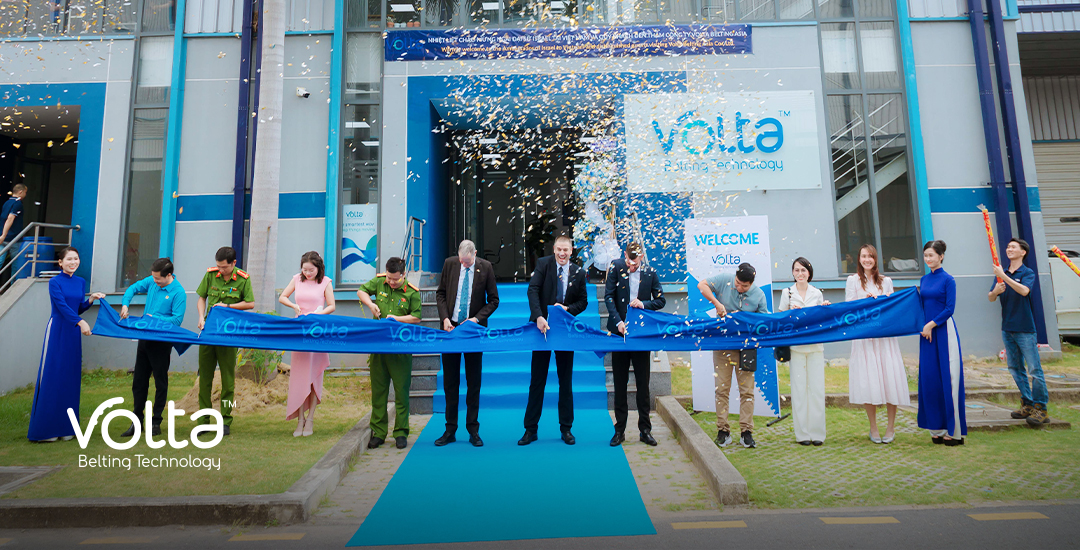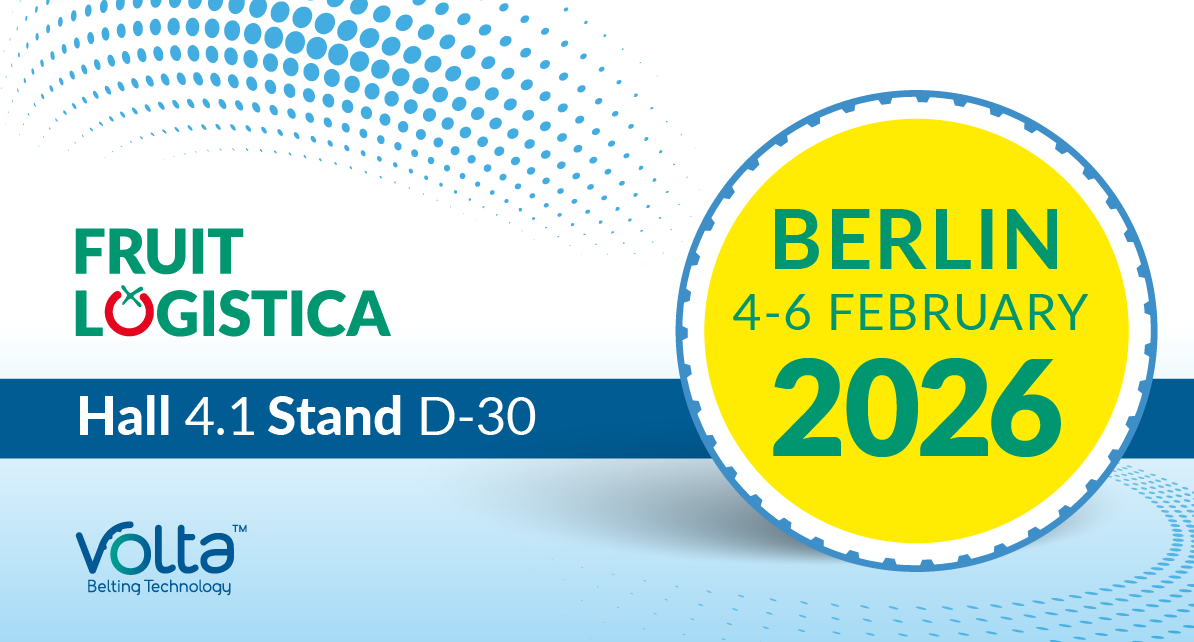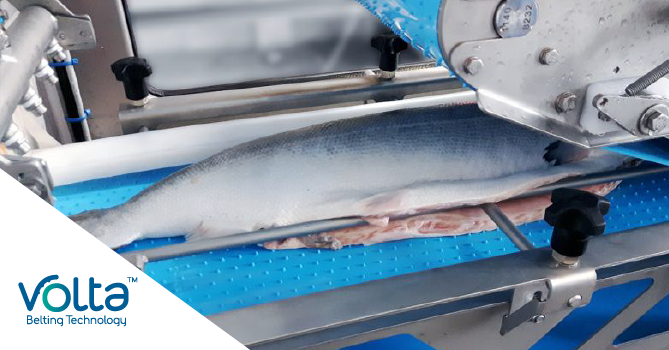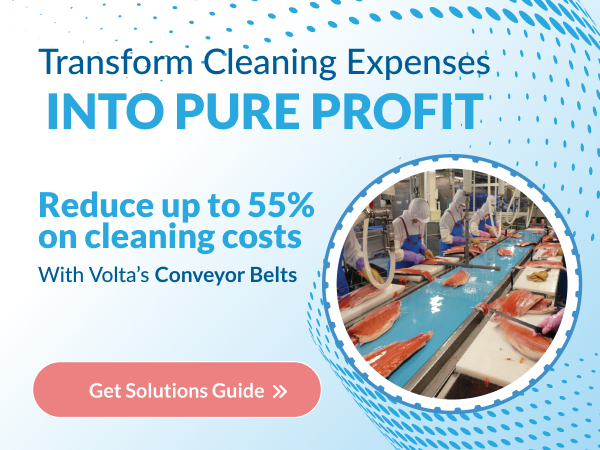Over the last few decades, much of the world has seen a transformative and inexorable move towards consuming processed food. The very definition of ‘processed’ is subject to subsets with Ultra Processed Food (UPF) being closely scrutinized and criticized on the basis of nutritional content, pressuring global corporates to reduce chemical additives (c.f. recently publicized committments to remove artificial colouring by 2027)
Processing in its most limited form can involve conducting vegetable or fruit through a bath to remove soil and extraneous material or, as an extreme example, it can involve a fundamental conversion and combining of cooked and frozen raw materials of both animal and vegetable origin into a ready to eat meal.
Any intervention by a factory or kitchen hub that alters the quality of the food sent to market can be seen as processing. A ‘processor’ wishing to avoid promoting biological hazards on their premises must conform to basic food hygiene rules.
The larger the processor, the larger the customer base; the more susceptible the foodstuff is to pathogenic development. These factors and others compound the risks to public health and the exposure to heavy financial penalties.
The adoption of standards and the rules that ensure conformity has evolved over the last 40 years into a global movement focused on food safety, with pressure coming from ever more sophisticated and informed consumers and implemented or enforced by both internal quality control teams in factories and certified auditors.
Global initiatives like the Codex Alimentarius and the Global Food Safety Initiative (GFSI) have arisen to coordinate and harmonize the myriad of standards and auditing systems.
However, much of the attention has focused on food processing and on curbing bad practices, ensuring risks are mitigated and identifying weak points in the production line. Not as much thought has been given to the way factories and machinery are designed and how improved design and finishing of materials can enhance food safety.
The European Hygienic Engineering & Design Group (EHEDG) was created to put this into practice and has built up a global network of experts who draft guidelines for designing safe, cleanable machinery and conduct many other activities to propogate the message of what is called Hygienic Design. This was initially a unique undertaking which greatly contributes to food safety based on concrete advice and insights on the design and layout of processing equipment and processing halls. The message is clear; professional attention to hygienic design principles, reduces hygienic hazards and risks. Volta Belting has proudly been part of EHEDG for over 12 years, contributing to the development of international guidelines on Hygienic Design for conveyor and conveyor belts.
Volta Belting: Leading the Way
EHEDG Guideline 42 recognizes monolithic, thermoplastic belts as the only generic type of plastic belting with no inherent hygienic risk, as opposed to traditional modular or PU fabric belts. Monolithic belts avoid additional materials and parts such as fabric layers or links and pins that act as a breeding ground for pathogens. They combine the flexibility of PU fabric belts with the resistance and durability of modular belts – the result is both mechanical and hygienic lifespan running side by side. No other plastic material offers this. They also require less cleaning time and resources to disinfect (water, chemicals and manpower), and thereby significantly lower total cost of ownership.
Independent studies point to 55% savings in cleaning expenses for monolithic belts compared to modular belts and 75% when the cost of cleaning the conveyor are factored in.
The Hidden Risk of Outdated Equipment
Implementation of Volta belts can save processors huge costs of disinfection but this only part of the possible saving. Many Volta belts are assembled onto unhygienic conveyors where at least the platform in contact with the foodstuff is improved but the presence of ‘dirt’ traps on these conveyors is overlooked and ignored. In many cases, processors are unaware of the hidden risks in continuing to work on existing equipment without at least reviewing its condition.
There is now a growing awareness of the dangers and potential cost of hanging on too long to outdated or substandard equipment. Even recently purchased machinery can pose risks if not designed according to hygienic principles and legal liability will usually be measured against conformity to a given state-of-the-art.
As the Global Food Safety Initiative has now adopted EHEDG Guidelines as a ‘benchmark’, the information in these Guidelines is highly significant for any processor wishing to ensure the lowest possible level of risk, and potentially, a lower exposure to any class action concerning food illnesses.
With rising pathogenic threats and an increase in global foodborne illness outbreaks, Hygienic Design belts is no longer a recommendation—it’s a necessity and Volta’s commitment to this extends beyond the belt into hygienic considerations for conveyors. Our Positive Drive models like Super Drivetm and MiniSuper Drivetm support the ongoing evolution of conveyor design into streamlined, hygienic models that are based on the concept of Cleanability.
See It for Yourself
Volta Belting invites you to experience hygienic conveying. Discover how we’re helping food processors around the world—meet tomorrow’s hygiene standards, today.

